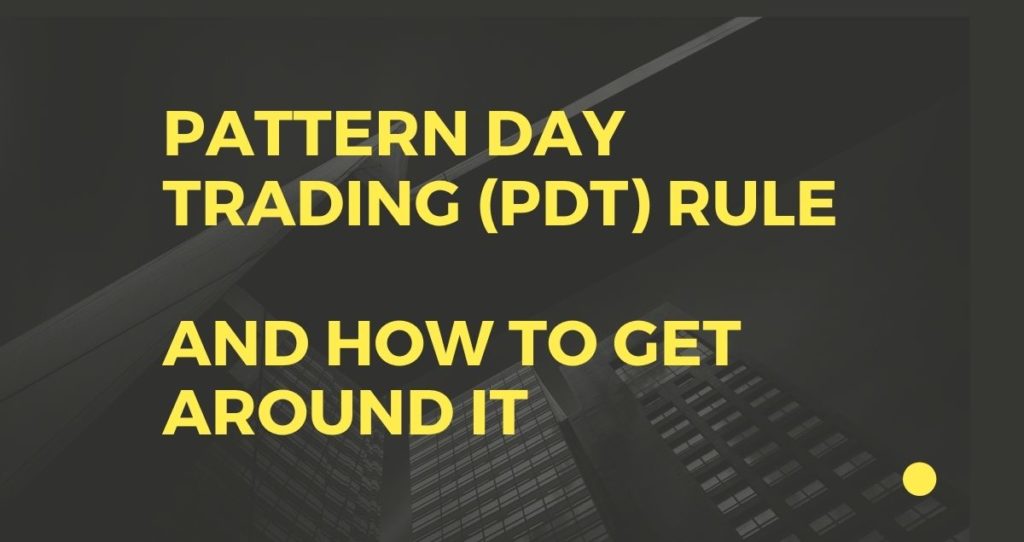Pattern day trading is a regulatory measure that prohibits traders from making 4 or more day trades within five consecutive trading days on a margin account.
This regulation protects investors form taking many risky trades that can ruin their trading portfolios.
If traders break the PDT rules, their brokers will put trading restrictions on their accounts. These restrictions are there to discourage traders from making unwise trades that can wreck their accounts.
A person who buys and sells the same stock or security during the same trading day is called a day trader. A day trade happens when you buy and sell the same stocks on the same day. If you are day trading, make sure that you do not break the PDT rule.
How does the pattern day trading works?
The pattern day trading is a term applied to traders who day trade four or more times in five trading days. This regulation hold when the number of day trades accounts for more than six percent of the total trading activities in those 5 business days, according to FINRA.
In order to not be flagged as a pattern day trader, you must maintain a minimum of $25,000 in your brokerage account at all times.
If the value of your margin account falls under $25,000; you will not be permitted to execute day trades until you restore your account back above that value.
The PDT rule allows you to trade up to four times your margin maintenance in your account. Your brokerage will issue a margin call when you exceed your buying power limitations.
If you do not meet the margin call requirements, your account will be flagged for violating the PDT rules. Further trading restrictions will follow including freezing your trading account for 90 days or until the margin call is met, according to FINRA.
How to get around pattern day trading rule?
Pattern day trading applies only to the margin accounts. So, the first and easy thing to do when you want to avoid pattern day trading regulation is to trade using a cash account. This account will allow you to trade using your own money. However, your buying power will depend on the cash you have in your account and you cannot take advantage of leverage.
A cash account will also have trading regulations. The money you traded with will have to settle before you can use it to buy more stocks. It takes between 3-5 business days for the cash to settle in your account.
If for some reason, you bought securities with unsettled funds; you will not be able to sell them until the money settles in your account.
In addition, if you pattern day trade in a cash account; your cash account will be frozen for 90 days, according to Pocketsense.
Furthermore, traders with a cash account must wait for the funds to settle in the account before they can withdraw the money.
The second method you can use is to keep your account above $25,000. This will give you a chance to make a a lot of trades without worrying about the restrictions.
It is difficult to have a brokerage account with $25,000. So, you may consider building your account slow by slow. This way you will be learning how to play the game while protecting yourself from major losses.
The last tip is to record your trades and make sure that you do not pass 3-day trades in 5 trading days. This will be beneficial to you if you cannot deposit more money into your account.









